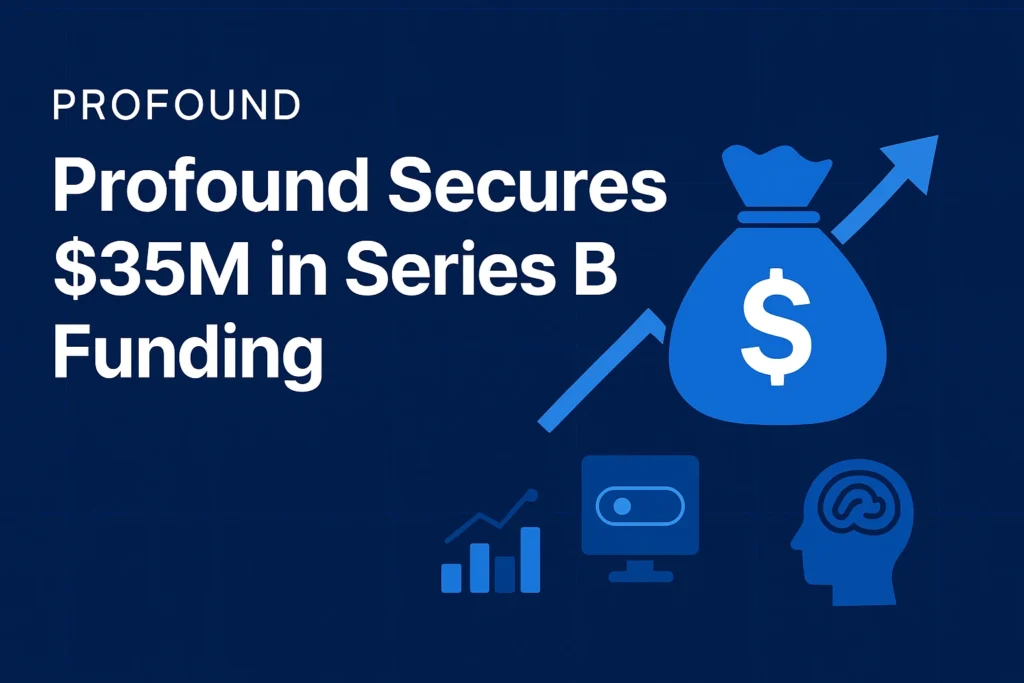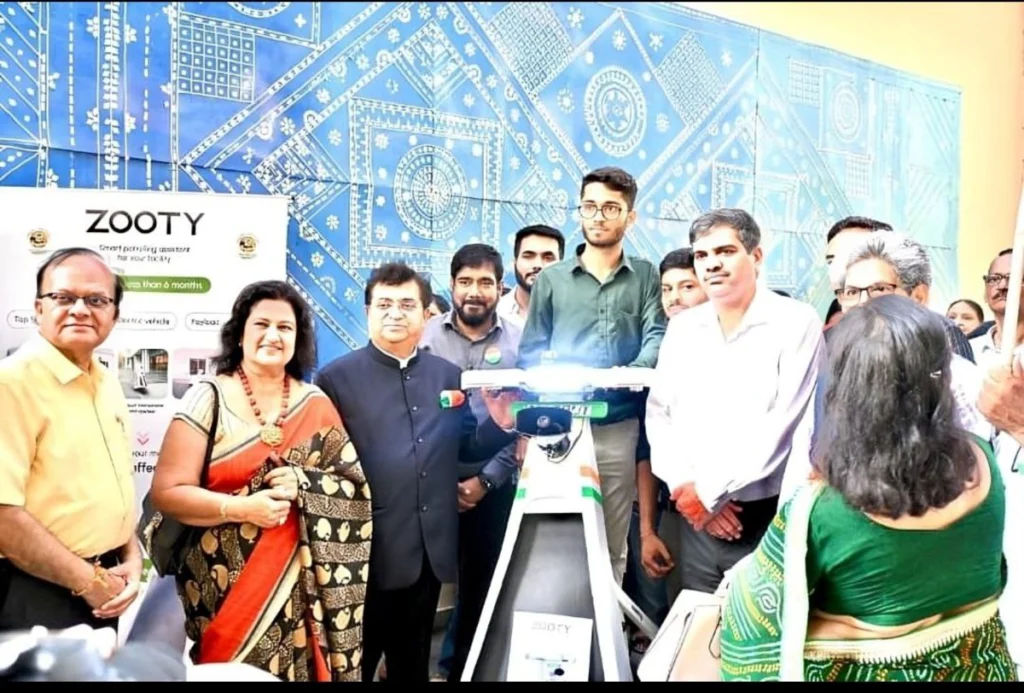The artificial intelligence hardware landscape is witnessing its most audacious funding round yet. Unconventional, a stealth-mode startup led by serial entrepreneur Naveen Rao, is in advanced talks to raise $1 billion at a staggering $5 billion valuation. This unprecedented bet on unproven technology signals a seismic shift in how venture capital views the future of AI computing infrastructure.
Who Is Naveen Rao Behind Unconventional’s Billion-Dollar Bet
Naveen Rao commands billion-dollar confidence through an unassailable track record of transformative AI ventures. He co-founded Nervana Systems, a machine learning platform that Intel acquired in 2016 for over $400 million, where he subsequently led Intel’s entire AI products division for four years. His second venture, MosaicML, achieved even greater heights when Databricks acquired it in 2023 for $1.3 billion. Rao then served as VP of AI at Databricks—now valued at $100 billion—for two and a half years. This combination of neuroscience training, computational expertise, and proven ability to commercialize advanced AI technologies twice positions him uniquely to demand a $5 billion pre-revenue valuation for Unconventional.
Why Andreessen Horowitz Is Leading the Massive Funding Round
Andreessen Horowitz is leading Unconventional’s $1 billion funding round, with Lightspeed Venture Partners and Lux Capital participating—a consortium that reveals strategic conviction extending far beyond founder credentials. These firms recognize that whoever controls the compute layer controls the entire AI economy, and current GPU-dominated architectures represent merely the first chapter in AI hardware evolution. As AI models grow exponentially, computational demands outpace traditional hardware improvements, creating a critical infrastructure bottleneck. Unconventional’s promise of a fundamentally different computing architecture addresses this strategic vulnerability directly. The involvement of these elite venture firms transforms this investment from speculative bet into calculated positioning within the next generation of AI infrastructure.
How Unconventional Plans to Challenge Nvidia’s AI Chip Dominance
Nvidia commands over 80% of the AI accelerator market, making its GPUs the backbone for training and deploying large language models. Unconventional is building a new type of computer that fundamentally reimagines how AI computations occur, though specific technical details remain closely guarded. Based on Rao’s background in neuromorphic computing and specialized AI accelerators, the startup likely pursues hardware that more closely mimics biological neural processing rather than traditional digital computation. With the AI chip market projected to reach $400 billion annually within five years, Unconventional’s key differentiator will be performance-per-watt and total cost of ownership. Demonstrating 5-10x efficiency improvements while maintaining software compatibility with existing AI frameworks would provide cloud providers compelling economic reasons to diversify beyond Nvidia’s ecosystem.
What Makes This $5 Billion Valuation Justified for a Stealth Startup
The $5 billion valuation becomes strategically coherent when examined through the lens of Rao’s escalating exit trajectory: $400 million for Nervana Systems, $1.3 billion for MosaicML, and now a $5 billion starting point for Unconventional. Investors are pricing in demonstrated ability to build and exit AI companies at exponentially larger valuations. The AI hardware market’s explosive growth justifies premium valuations—capturing merely 5% of a $400 billion annual market represents $20 billion in revenue potential, making current valuation appear conservative. Rao’s Databricks experience provides instant credibility with engineering talent and early customers, reducing acquisition costs and accelerating time-to-market. While execution risk remains substantial, investors believe Rao’s proven ability to navigate chip development complexities twice before substantially mitigates this risk.
When Will Unconventional’s Revolutionary AI Hardware Hit the Market
Custom AI accelerators typically require three to five years from initial design to commercial availability, encompassing architecture definition, chip design, manufacturing, and extensive testing. Rao plans to begin building immediately without waiting for full funding closure, suggesting aggressive timelines and possible preliminary design work already completed during his Databricks transition. Industry patterns indicate a staged approach: alpha samples to select partners in 2026, limited production in 2027, and broader commercial availability in 2028. The $1 billion funding provides substantial runway to attract top engineering talent and iterate without market pressure forcing premature launches. Success depends equally on ecosystem development and software integration as on raw hardware performance, given Nvidia’s deeply entrenched CUDA ecosystem and developer inertia favoring established toolchains.
Business model of Unconventional
| Category | Details |
|---|---|
| How Company Started | Founded by Naveen Rao in 2024 after his tenure as VP of AI at Databricks. Rao’s third AI venture following successful exits from Nervana Systems (Intel acquired for $400M in 2016) and MosaicML (Databricks acquired for $1.3B in 2023). Currently operating in stealth mode with plans to develop a fundamentally new type of computer for AI workloads. |
| Present Condition | In advanced funding negotiations to raise $1 billion at $5 billion valuation. Backed by Andreessen Horowitz (lead), Lightspeed Venture Partners, and Lux Capital. Pre-product stage with no commercial hardware released yet. Building team and beginning development without waiting for funding closure. Specific technology details remain undisclosed. |
| Future of Company & Industry | AI chip market projected to grow from $44.9B (2024) to $460.9B by 2034 at 27.6% CAGR. Unconventional targets 2026 for alpha samples, 2027 for limited production, 2028 for commercial launch. Industry shifting from training-focused chips to inference accelerators. Success requires breaking Nvidia’s 80%+ market dominance and CUDA ecosystem lock-in. |
| Opportunities for Young Entrepreneurs | AI hardware sector attracted $7.6B in startup funding recently. Growing demand for specialized inference chips, edge AI processors, and application-specific integrated circuits (ASICs). Opportunities in niche verticals: healthcare diagnostics, autonomous vehicles, edge computing, and smart city infrastructure. Technical expertise in chip design, software integration, and domain-specific AI applications highly valued. |
| Market Share | Currently 0% (pre-revenue). Nvidia commands 80%+ of AI accelerator market. GPUs hold 46.5% of overall AI chip market in 2025. TPUs account for 13.1%. Custom ASICs for edge inference projected at $7.8B revenue in 2025. Target: capturing even 5% of eventual $400B annual market equals $20B revenue opportunity. |
| MOAT (Competitive Advantage) | Founder credibility: Two successful AI company exits totaling $1.7B. Capital advantage: $1B funding provides 3-5 year runway without fundraising pressure. Elite backing: a16z, Lightspeed, Lux bring network effects, customer access, and strategic guidance. Timing: Entering market as demand shifts from general-purpose GPUs to specialized accelerators. Databricks network: Access to enterprise customers and engineering talent from $100B company. |
| How Company Makes Money | Revenue model not yet disclosed (pre-product stage). Likely approaches based on AI chip industry patterns: Hardware sales to cloud providers (AWS, Google, Microsoft) and enterprises. Licensing chip designs to manufacturers. Hybrid model combining chip sales with software/platform subscriptions. Cloud inference services charging per computational unit. Typical AI hardware companies target 60-70% gross margins on chip sales with multi-year contracts. |

My Name is Adarsh and I am Empowering startups with high-quality content at Startups Union and bridging the gap between brand stories.




